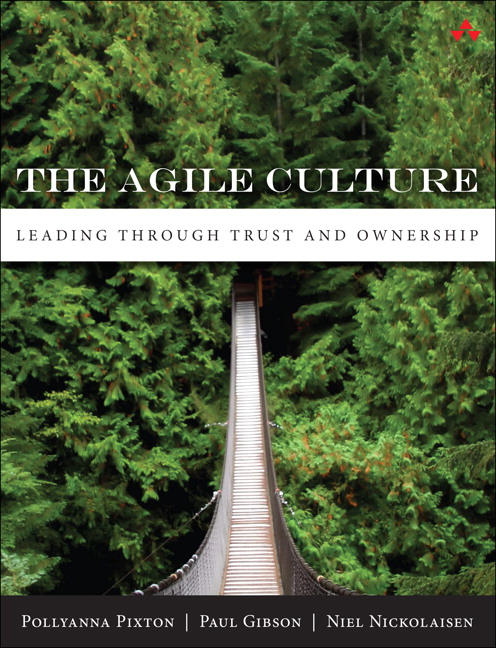Not to sound too much like an English major but it seems to me that we have arrived at IT’s Dickensian moment. It is either the best of times for IT leaders, or it is the worst of times. Given the accelerating pace of change – change driven by technology – the high expectations of our internal and external customers and the fact that every aspect of the organization now craves technology, it should be the best of times. Everyone needs us like never before. But, if we CIOs do not have our acts together, it could very well be the worst of times.
How do we make sure this is the best of times? By finding ways to transform our roles and our organizations, then setting a course for continuous transformation. That might sound nice, but how do we do it?
Leading Through Trust and Ownership
Over the years I have learned, developed and applied a set of tools that have helped me to successfully lead IT transformation. At their core, these tools create of a culture of trust and ownership. Not trust alone. Not ownership alone. It is the combination that is powerful. When people feel ownership for organizational results and are empowered to deliver those results, great work happens. I cannot create such a culture if I micro-manage. Micro-management kills innovation and motivation. Rather, I trust that my team knows how to do its work.
 I cannot be in the business of “how.” Instead, I focus on “what” needs to be done and “why” it is important. Then I get out of the way. I cannot create such a culture if I am the only person who understands the desired results and feels accountable for achieving those results. How many of us have ever thrived in a culture of low trust and low ownership?
I cannot be in the business of “how.” Instead, I focus on “what” needs to be done and “why” it is important. Then I get out of the way. I cannot create such a culture if I am the only person who understands the desired results and feels accountable for achieving those results. How many of us have ever thrived in a culture of low trust and low ownership?
The CIO Cannot Know All
As a part of becoming a leader who trusts, I accept the reality (and it is the reality) that I, by myself, will never have the answers that the organization or my department needs. No matter how good I am, in our fast-paced environment, I cannot know it all. And, if I don’t know the answers, I need to get them from others. So, in accepting this reality, I become a master of collaboration and of teaching collaboration to others.
I must also focus innovation on the very few areas that generate competitive advantage. Too often we create unique and interesting ways to do things that will not move the needle in a customer’s life. Our resources are too scare and valuable to waste them on a wide range of important, but not market-differentiating, activities.
To be successful, I form relationships of trust with pretty much everyone in my professional life: my boss, my peers, my staff, my internal customers and my external customers. What does it take to have relationships of trust? I put purpose over my personal agenda, I keep my commitments and I make it my goal to help everyone else achieve their goals.
Simplify and Standardize IT
Because my resources are scarce, I seek out ways to simplify and standardize everything we do. Doing so creates excess capacity that I can apply to meet the insatiable demand that everyone has for technology. For example, why have three CRM systems when one will do? Why create complexity by handling numerous, low-value exceptions? Why not get to and resolve root cause so that the issue never repeats? Over the last two years, we shifted the IT resources allocated to new projects from 28% of staff to 52% of staff. We did that by simplifying processes and systems and by defining and adhering to standards.
I need my entire IT staff to think “outside / in” by learning about and caring about the lives of our customers. We can do that by walking a mile in their shoes. What is it like to be a call center agent? Spend a day with them and see. What is it like to use the technology we create? Ask to be on the implementation team of our newest customer. This not only creates better context for the decisions we make but also builds those relationships of trust that are so important, which free us up to lead our organization into the technology-driven future.

Written by Niel Nickolaisen
Niel Nickolaisen is Director of Enterprise Integrations at Utah State University and is leading the implementation of the processes and systems to enable comprehensive constituent lifecycle management at the university. The co-author of The Agile Culture: Leading Through Trust and Ownership and Stand Back and Deliver, he is as an advisor to several technology start-ups and sits on the board of a start-up accelerator. Previously, Niel held several technology and operational executive positions. Nickolaisen has an MBA from Utah State University, an M.S. in engineering from MIT, and B.S. in physics from Utah State University.



